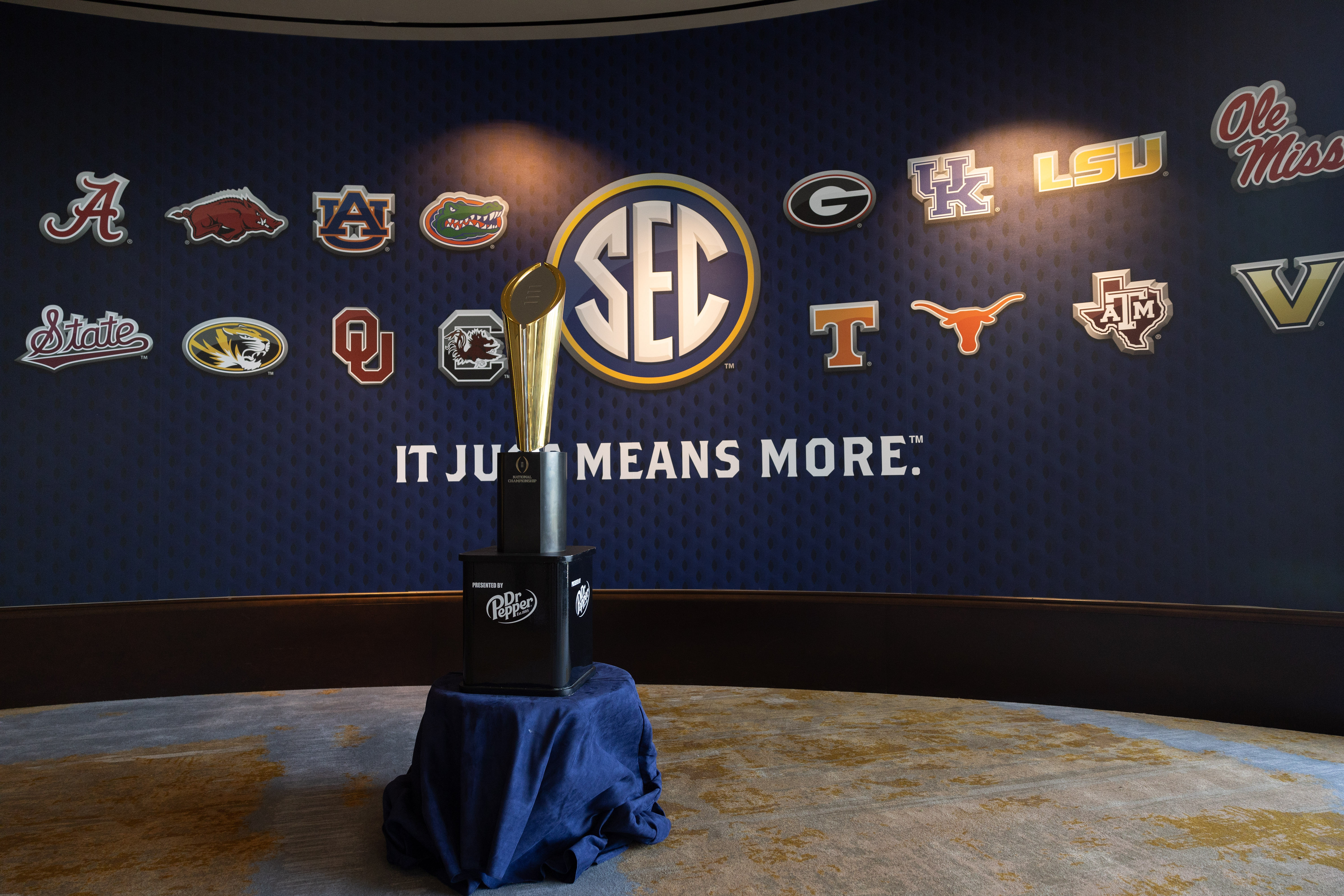
SEC Championship tiebreaker rules 2024, Explained: All we need to know about the updated guidelines
The SEC has released a new set of tiebreaking procedures for the 2024 football season following the addition of Oklahoma and Texas and the removal of divisions within the now 16-team conference. These updated rules outline how the SEC will handle ties among teams contending for a spot in the Championship game if multiple teams finish with the same conference record.
The tiebreakers will apply step-by-step, in descending order, until a clear pathway emerges to determine which teams will compete in the SEC Championship. This year’s game will be held on December 7 at the Mercedes-Benz Stadium in Atlanta, Georgia. Below is a breakdown of the updated procedures that will shape the SEC football championship path.
What is the tiebreaker for the SEC football championship in 2024?
When regular-season standings result in one outright champion and two or more teams tie for second, the outright conference champion will secure a spot as the home team in the SEC Championship game. The remaining spot will be awarded to one of the tied teams based on the tiebreaker steps outlined below.
If two teams tie for the top spot in the conference standings, both will qualify for the championship game. These teams will move through the tiebreaker steps to determine which team is designated as the home team. The newly outlined tiebreakers ensure that a fair process is in place to handle ties in a conference.
How does the SEC Championship tiebreaker work? Step-by-Step Explanation
When two or more teams are tied, the following tiebreaker rules will be applied in this order until only one team remains as the conference champion or championship qualifier:
1. Head-to-head Competition
The first tiebreaker looks at the head-to-head results among the tied teams. The team that won in a head-to-head matchup against the other advances.
2. Record versus Common Conference Opponents
If the tie persists, the next step considers each team’s record against all common conference opponents.
3. Record against Highest-Placed Common Opponent
The third tiebreaker reviews each team’s record against the highest-ranked team they each played in the conference. If a tie persists, the review moves down the standings to the next highest-placed common opponent.
4. Cumulative Conference Winning Percentage of Opponents
If the teams are still tied; this step considers the overall conference-winning percentages of each team’s opponents.
5. Capped Relative Total Scoring Margin
The fifth step examines each team’s scoring margin across conference games, with a scoring cap in place to prevent disproportionate results from one game overly affecting the tiebreaking process.
6. Random Draw
If all previous tiebreakers fail to separate the teams, a random draw will be used as a last-resort measure to decide which team advances.
What happens if there is a three-way tie in the SEC?
When a three-way tie occurs, the SEC applies its tiebreakers with slight adjustments. If one team is the clear conference champion and two others are tied for second place, the outright champion automatically takes the home spot in the SEC Championship. The tiebreaker procedures are then used to determine which of the two tied teams will face them.
However, if three teams tie for first place, all proceed through the tiebreaking steps until two teams remain. These two will then follow the standard two-team tiebreaker procedures to decide who is designated as the “home” team for the championship.
For head-to-head comparisons, it can get more complex. If all three tied teams played against one another, the head-to-head record among them is used to decide the outcome. But, in cases where not all teams faced each other, the rules vary slightly. If one team has beaten all others in the tie, they advance, while the remaining two continue through the tiebreaker process. Conversely, if a team loses to all the other tied teams, they are eliminated, and the remaining teams follow the tiebreakers from the beginning.